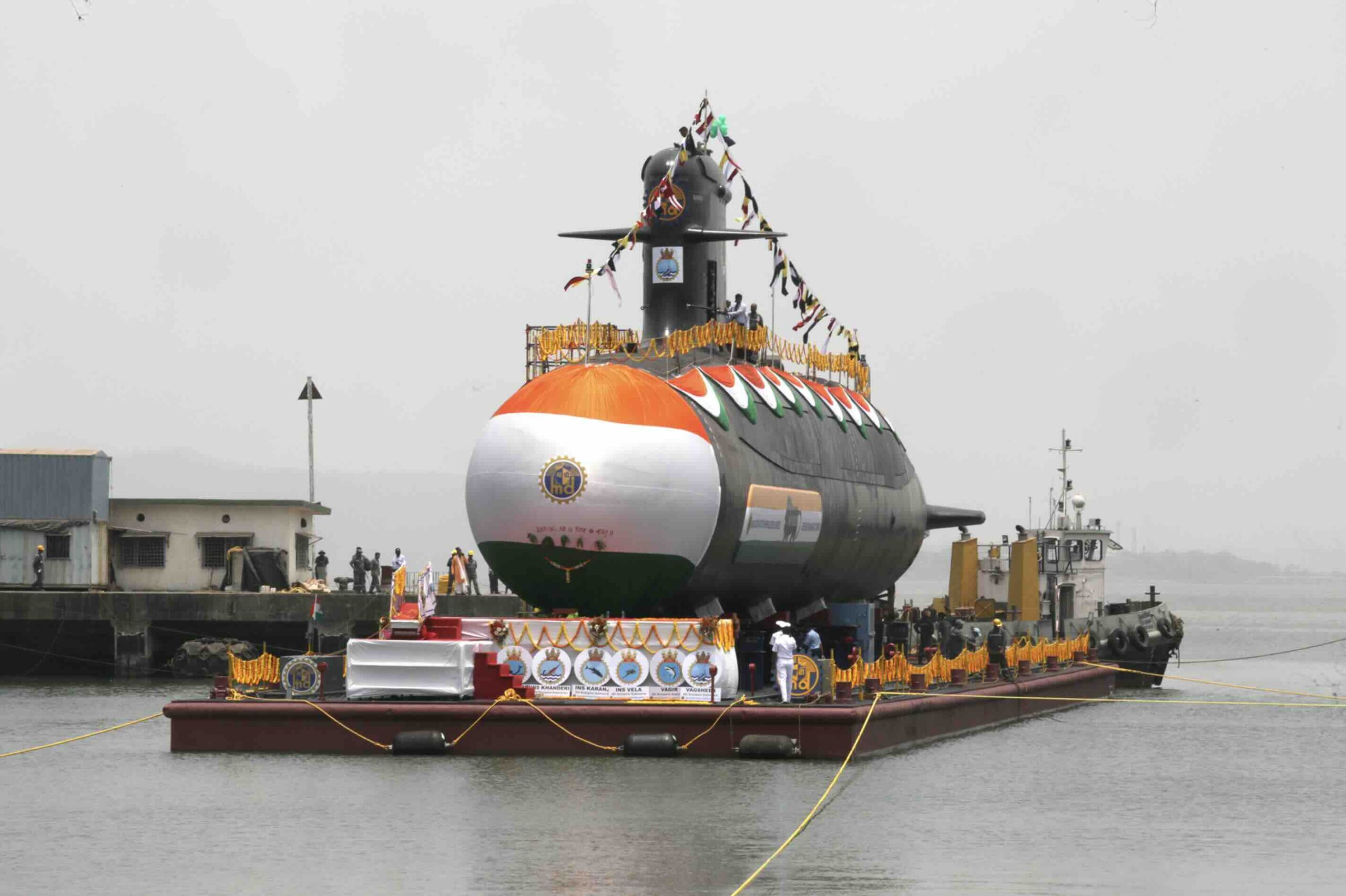By Ajai Shukla
Business Standard, 15th Oct 24
The battle worthiness of the Indian Navy’s submarine fleet, got a substantial boost on Tuesday when Defence Minister Rajnath Singh inaugurated its new communications station in Vikarabad, Telangana.
The new communications facility at the Damagundam Reserve Forest, once completed, will allow the navy’s submarines, even while operating thousands of nautical miles from our shores, to exchange information securely and receive orders from shore stations and vice versa.
This capability, which is essential for India’s fleet of 17 conventional submarines, is even more critical for its under-construction nuclear submarine fleet. The navy’s two sub-surface ballistic nuclear (SSBN) submarines of the Arihant-class, which constitute the underwater component of India’s nuclear deterrent, require clear orders from shore to submarine for avoiding a nuclear disaster.
The navy’s new facility, once completed, will complement an earlier “Very Low Frequency” (VLF) station at INS Kattabomman, in Tirunelveli, Tamil Nadu.
The VLF radios and antennae that will constitute the framework of this communications grid sprawl across 2,900 acres and have cost Rs 3,200 crore to build.
Speaking on the occasion, Rajnath Singh asserted that the high-tech VLF station, once operational, would not just be a military establishment, but a “strategic asset of national importance.”
He said that a secure communication channel is critical not only for timely and effective decision making, but also for conveying orders of the higher command to combat units.
Chief of the Naval Staff (CNS) Admiral Dinesh Tripathi also spoke, pointing out that the project would give the Indian Navy “a secure, robust, responsive, and reliable command, control and communication network across the oceans.”
“This VLF station would play an important role in enabling the seamless, secure, worldwide communications, including most importantly with our dived submarines, thus ensuring their stealth and enhanced effectiveness,” said Tripathi.
Rajnath Singh added that the morale of [sailors] rests upon being fully informed in battle. “During crisis management, a clear communication channel is the key. It becomes even more necessary when the situation is dynamic and the response time is very less. These things are historically proven.”
Asked about the impact of the project on the environment, Rajnath pledged that affected villagers would be rehabilitated. He also vowed that the government would ensure that the new technology in the VLF station would not hurt the environment.
Finally the defence minister pledged that the VLF station would open new vistas of economic development.
“During its construction, skilled and unskilled workers of the surrounding area will get employment… This station will also work as a growth pole, providing further impetus to the economic development in the surrounding areas,” he said.
